Here come the seabirds! Last year was a banner summer for seabirds and this week’s sightings offer hope that the pattern will repeat itself this summer.
The most amazing sighting is from Elizabeth Shepard who, on June 28, saw a dovekie that was struggling to free itself from the ocean wrack line at Lucy Vincent Beach. The legs of this diminutive alcid are basically behind the bird to propel it through the water efficiently, even though it means they move with difficulty on land. So when they occasionally end up on land they need to be rescued – transported and released on the nearest salt water.
This species is highly unusual this far south in the summer; there is one eBird report in mid-June of a dovekie well offshore from Delaware, and the next most southern sighting is from Price Edward Island. They are more common offshore in the winter.
The next sighting is only slightly more likely. On July 1 Shea Fee found a pomarine jaeger (pronounced “yeager”) on Leland Beach; she had “never seen one resting on land before.” Jaegers are stockier but slightly smaller than our herring gulls, and are supposed to be on their Arctic nesting grounds now.
However, one was seen on June 30 at Great Neck on Nantucket, one was also reported from two locations in Rhode Island and two locations on Long Island in the last 10 days of June, and one was seen on the same Delaware offshore cruise that spotted the dovekie in mid-June.
On to more expected species; the shearwaters have finally made their appearance from their nesting colonies in the south Atlantic. Matt Born visited Menemsha Bight on June 26 and saw four Wilson’s storm-petrels, four Cory’s shearwaters and eight great shearwaters. Two days later David Benvent found 25 Cory’s shearwaters and eight great shearwaters offshore from Quansoo. Matt Pelikan was offshore from the Gay Head Cliffs on July 1 when he observed about 200 great shearwaters and about 40 Cory’s shearwaters.
Will these sightings continue into August as they did last year?
Laughing gulls have also shown up. They nest at Monomoy National Wildlife Refuge and on Plymouth Beach, but are found across the Cape and Islands. Matt Born spotted 15 laughers at Menemsha Bight on June 26. Two days later David Benvent found one at Red Beach and 25 others at Lobsterville. On July 1, I saw 25 foraging and roosting amidst a blitz of striped bass.
A small gull that is much less common at this time of the year is the Bonaparte’s gull: they nest from Hudson Bay and west to Alaska. Matt Born spotted six of them at Menemsha Bight on June 26.
Royal terns are larger terns that breed on the Atlantic coast from New Jersey south to North Carolina. Their appearance here is likely post-breeding dispersal. On June 29 David Benvent spotted the first royal tern of the year as it flew southward over Sengekontacket Pond. It was not seen again, but hopefully others will show up.
Another recent arrival is the lesser yellowlegs, a medium-sized Arctic nesting sandpiper. They are likely the first of our southbound migrants, having departed the Arctic either because their nest attempt failed or their young have already fledged. If the latter is the case, their youngsters will not migrate south until late July or August. David Benvent reports two sightings of this species: one on June 28 at Quansoo and two on July 1 on the beach at the end of Planting Field Way.
But wait, it is still the nesting season! The following observations are proof that these species nest here.
Charles Morano observed a fledgling hairy woodpecker with its parents in Edgartown on June 25. The next day Jeff Bernier watched a common yellowthroat carrying food at Sheriff’s Meadow Sanctuary, David Padulo saw a juvenile robin in the same location and Holly Mercier watched baby titmice in her Edgartown yard.
Walter Ricciardi had a juvenile cardinal at his home on June 28 and on June 29 he saw a Carolina wren carrying food in Aquinnah. Common yellowthroats were confirmed nesters when Elizabeth Luce spotted one carrying food on June 28 at Sheriff’s Meadow Sanctuary. Sioux Eagle saw baby Carolina wrens in their nest at her West Tisbury home on July 1. The next day Luanne Johnson watched an ovenbird with a fledgling at Waskosim’s Rock Reservation.
Nine birders found 34 species during the Thursday morning Early Birders Program at Felix Neck, led by Steve Allen. Highlights were all on or near the salt marsh: two great egrets, a snowy egret, four willets, a cedar waxing eating small beach plums, several common yellowthroats, pine warblers and a red-eyed vireo.
The Waskosim’s Rock Reservation’s Acadian flycatcher has been heard by many observers; its call is rather distinct, making it an easy sound identification even when not seen. It was heard by Seth Buddy on June 25, both Charles Morano and Bob Shriber on June 26, Jeff Peters on June 27 and Luanne Johnson on July 2.
Great crested flycatchers are the most abundant flycatcher on the Island. As reported on eBird, this species was found at 38 woodlands sites — although there seem to be no reports from Katama or Chappaquiddick. Three other flycatchers nest on the Island. The eastern wood-pewees and eastern kingbirds are equally abundant, according to eBird, with the former reported from 24 woodland locations and the latter species from 23 open grassy habitats.
Phoebes are one of the early northbound migrants whose arrival in March is eagerly anticipated. However, it is the least abundant of our nesting flycatchers, with only 14 eBird reports from open woodlands since June 1. Interestingly, this is the second straight spring and summer that phoebes have not been present at Wendy and my Vineyard Haven home. We miss them!
Please email your sightings to birds@vineyardgazette.com.
Robert Culbert is an ecological consultant with Nature Watch LLC living in Vineyard Haven.

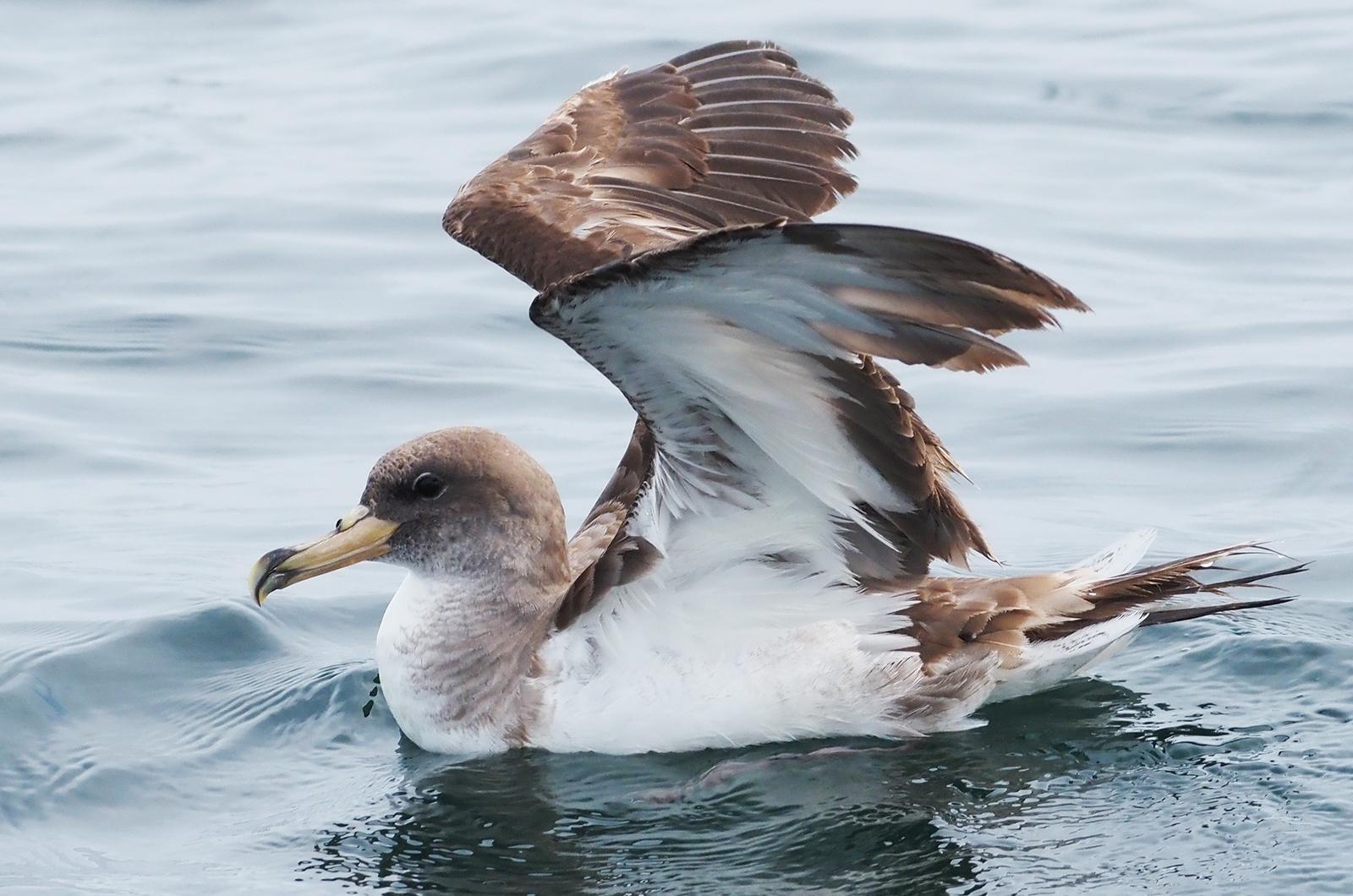
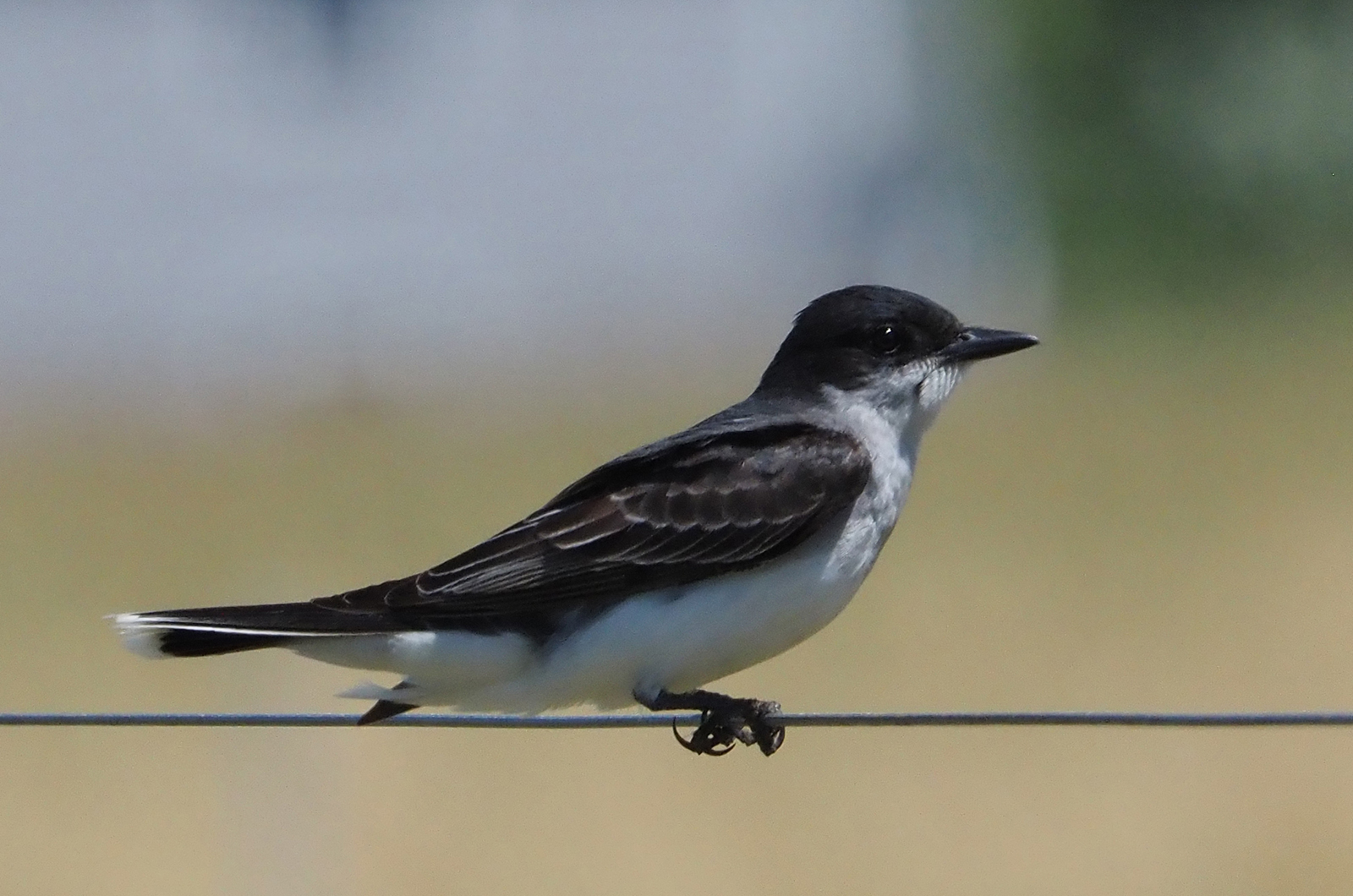
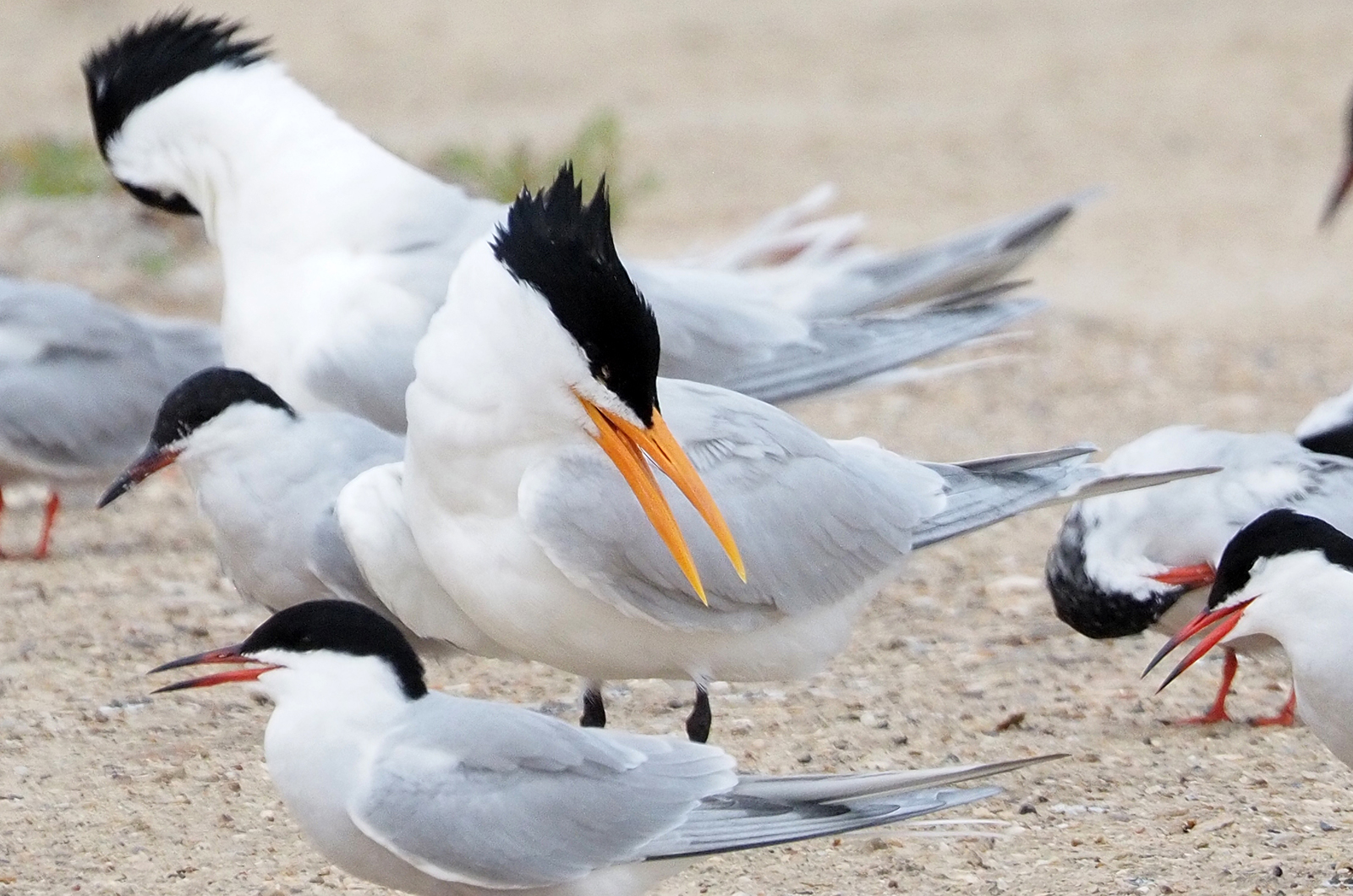
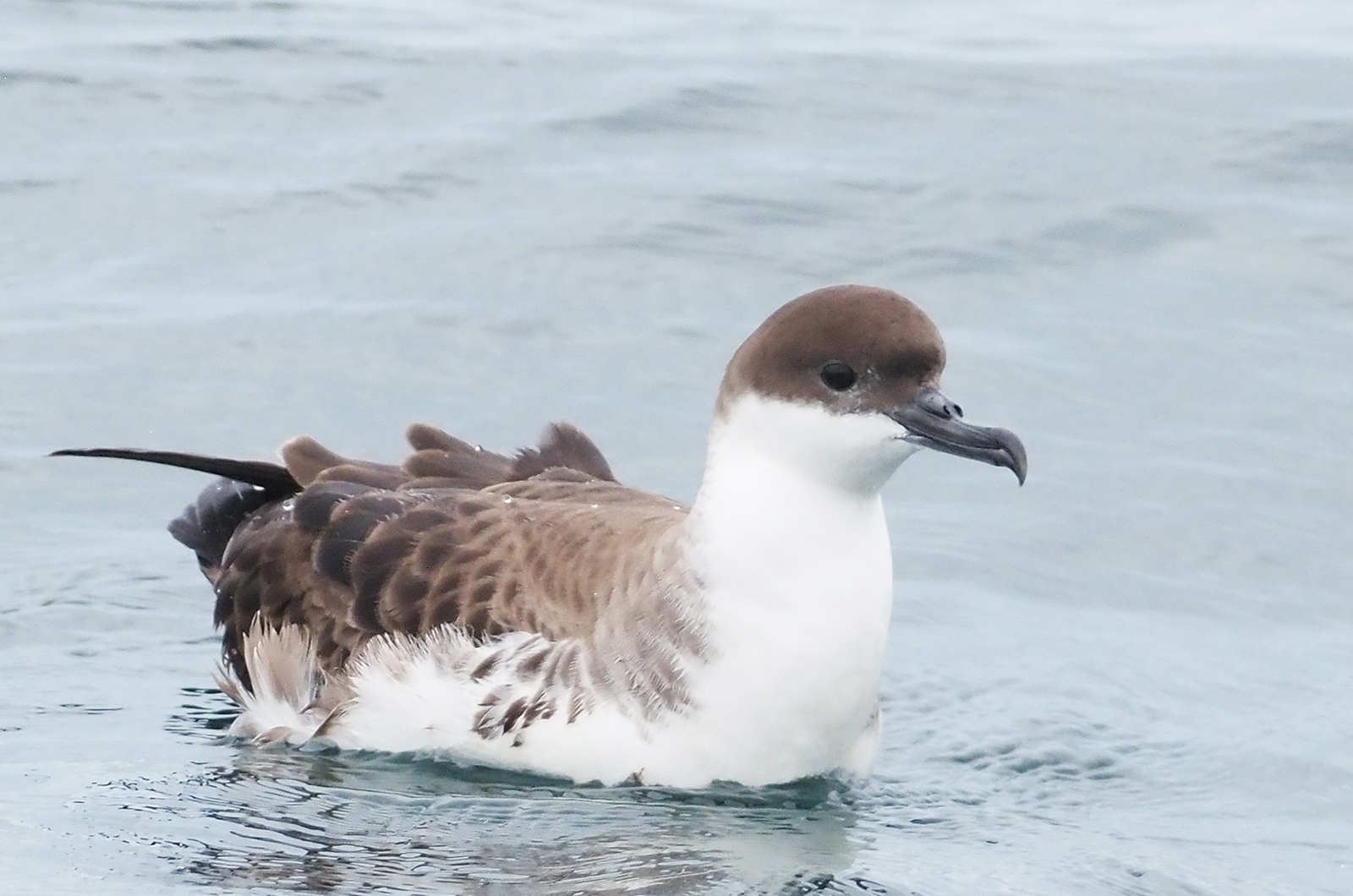
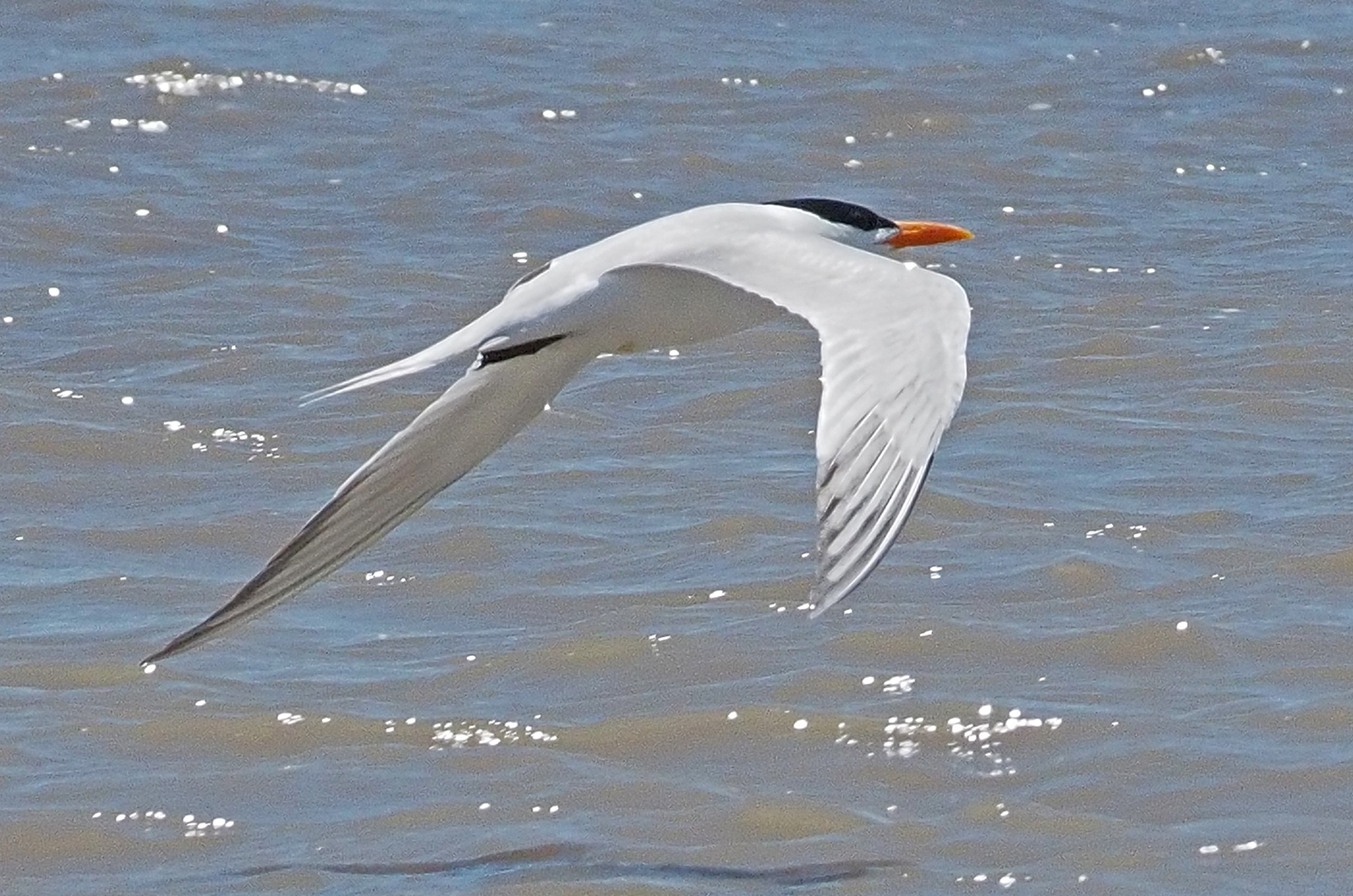
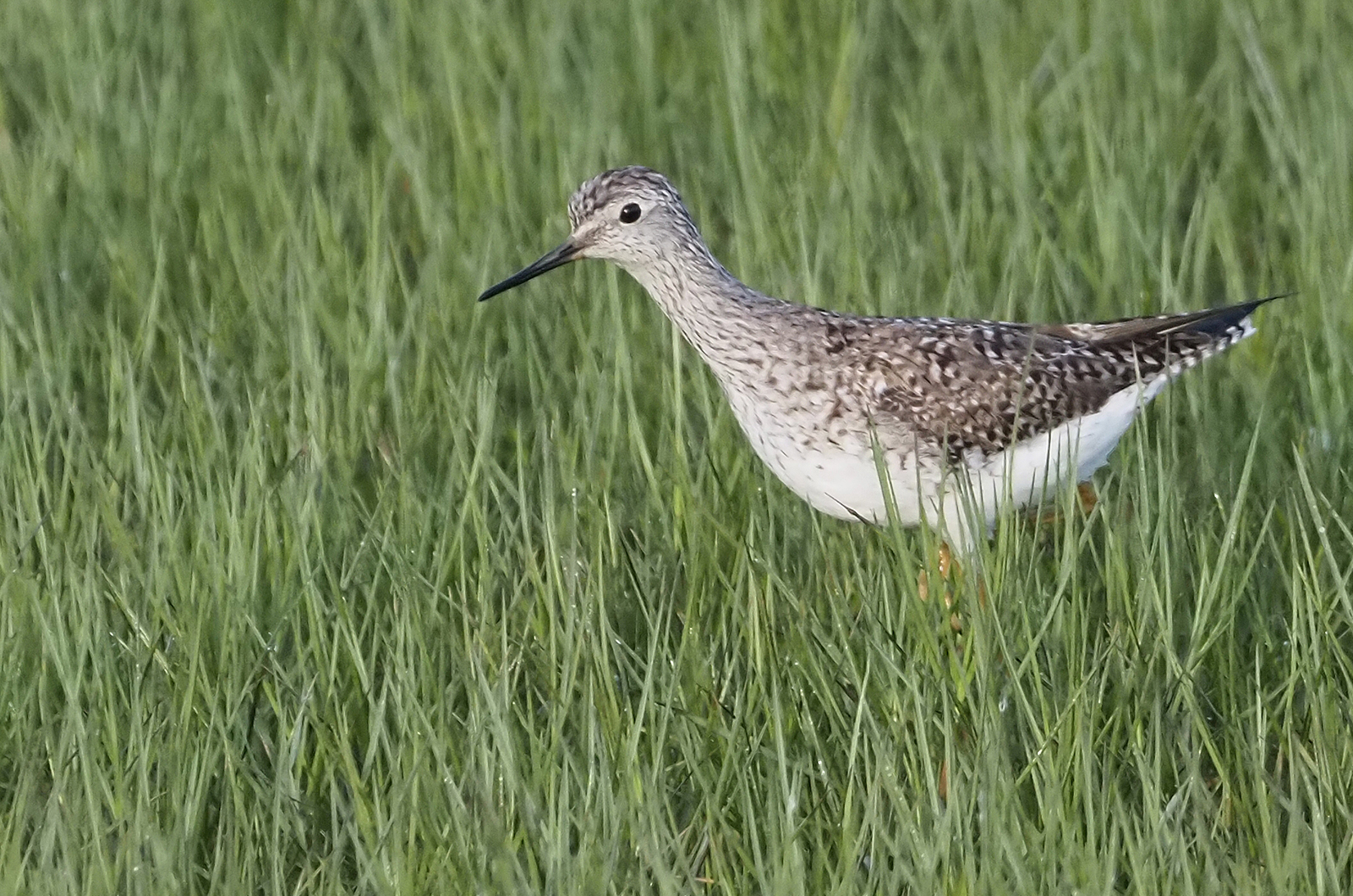
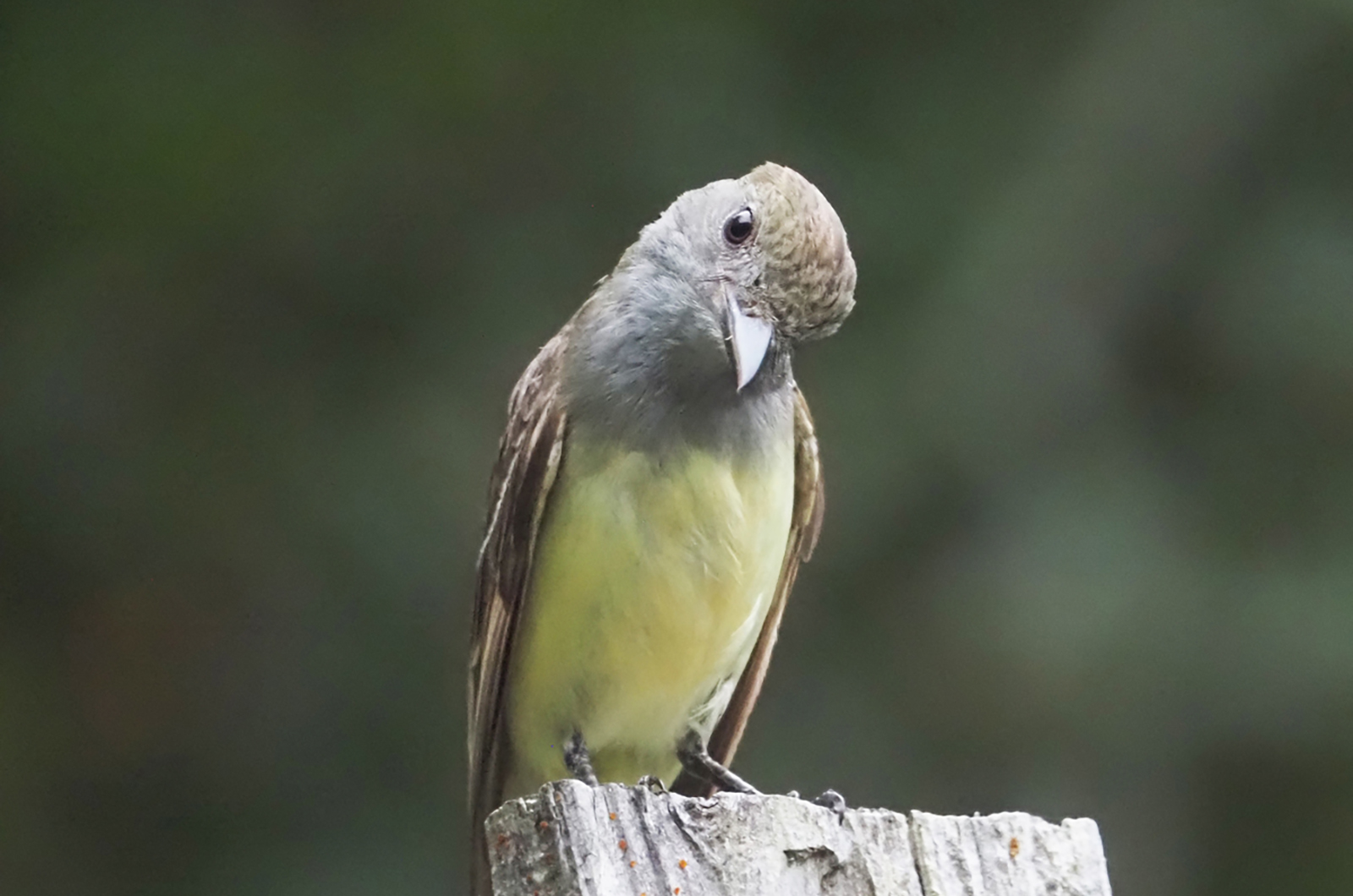


Comments
Comment policy »